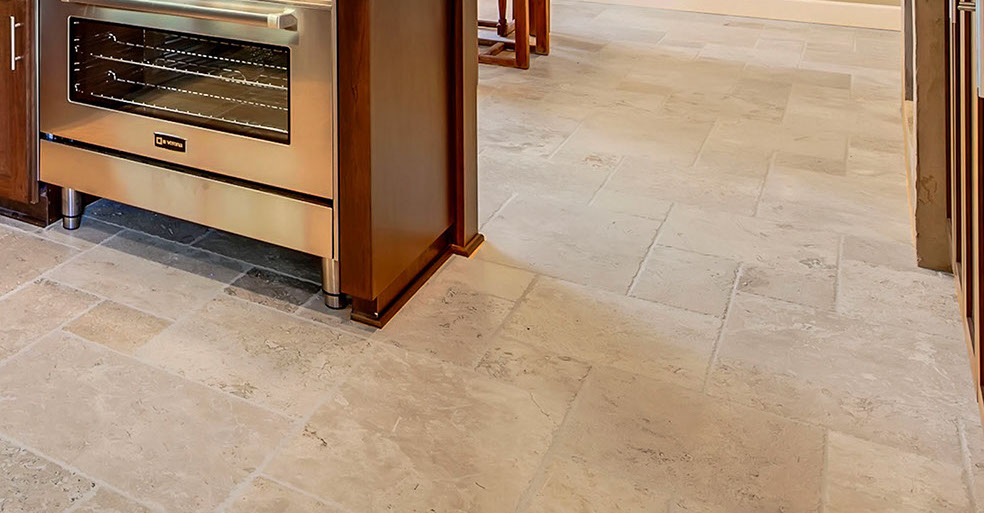Travertine is a natural type of limestone that is predominantly formed in areas where hot springs or mineral-rich waters flow. It is usually found in white, beige, or brown tones and has a porous structure.
Travertine marble is a unique type of limestone gifted to us by nature. It is commonly found in regions where hot springs and mineral-rich waters are present. Travertine, which comes in white, beige, or brown tones, stands out with its distinctive porous structure. In this article, we will closely examine what travertine is, its formation, characteristics, and various applications, from an expert’s perspective.

Travertine is formed when underground water becomes saturated with carbon dioxide and accumulates precipitated calcareous sediments. The limestone-rich water that emerges from hot springs releases carbon dioxide gas upon contact with air. During this process, dissolved calcium carbonate in the water precipitates and forms layers, giving rise to the unique structure of travertine.
Travertine captivates with its unique colors and fine-grained texture. It is commonly found in white, beige, or brown tones and has a delicately touched surface. This textural feature imparts natural elegance and charm to travertine. Additionally, the presence of minerals and organic materials allows for the formation of different colors and patterns, enhancing the uniqueness of each piece.
Travertine has been widely used as a construction material throughout history and continues to be preferred in various areas today. The applications of travertine include:
Interior and exterior decoration: Travertine provides an aesthetic appearance when used in decorative coatings, flooring, countertops, sinks, and wall claddings. It adds a unique touch to our living spaces with its natural and attractive appearance.
Landscape design: Travertine is frequently found in natural areas such as cave systems, natural hot springs, waterfalls, and thermal sources. Therefore, it is commonly used in gardens, courtyards, and outdoor spaces to impart natural beauty and elegance. It is often preferred for the construction of walkways, terraces, and ornamental ponds.
Restoration of historical buildings: It was popularly used as a building material during the Roman era and can be used in many famous ancient structures. When restoring historical buildings, travertine is often preferred to maintain the original architectural style.
Travertine is a special type of limestone bestowed upon us by nature. Its formation occurs through the influence of underground waters and is recognized for its unique porous structure. It is widely used in interior and exterior decoration, landscape design, and restoration of historical buildings. With its pieces boasting unique patterns and colors, travertine adds natural beauty and aesthetics to our living spaces.